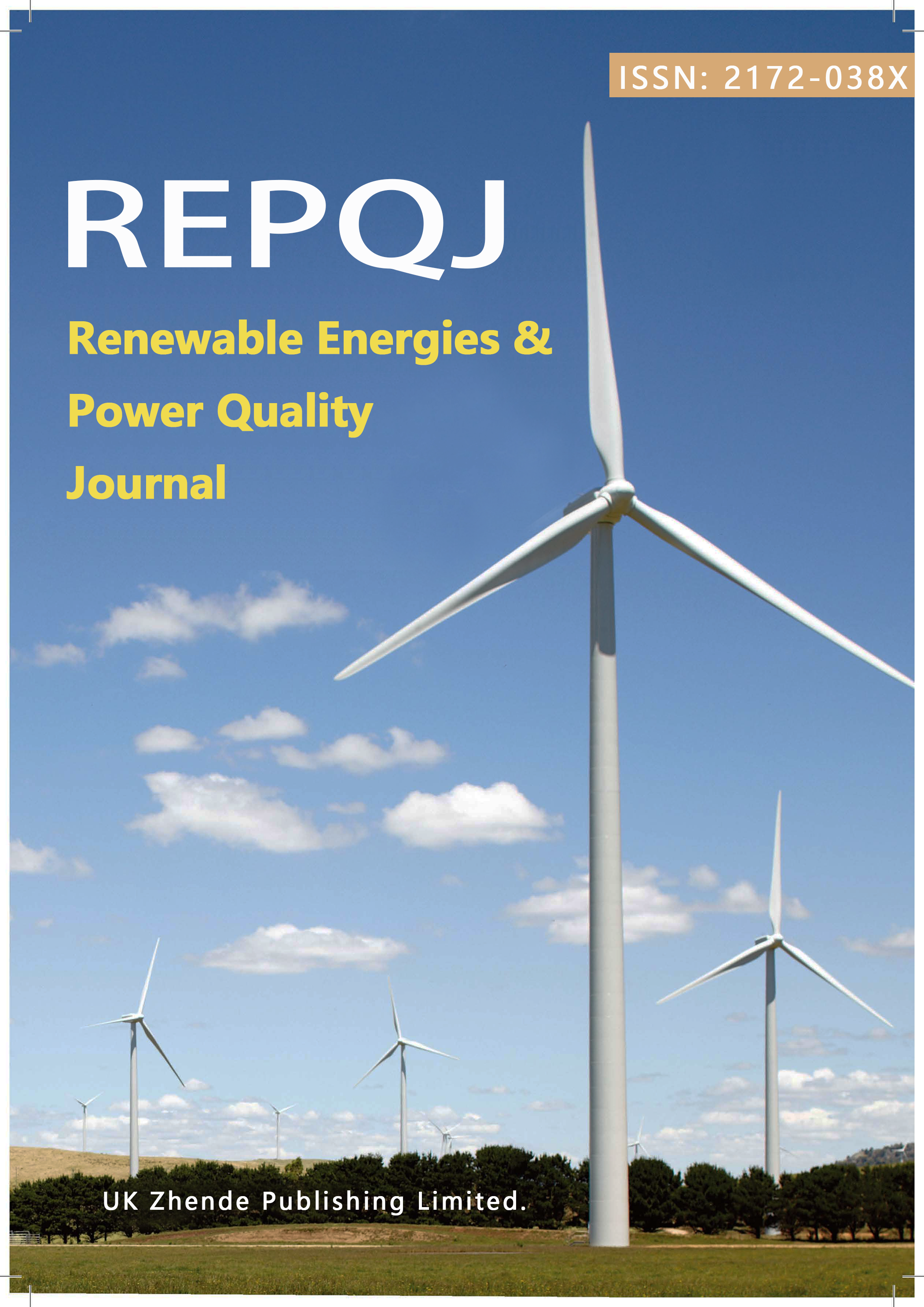Evaluation of the Potential of Ethyl Esterification Reaction Catalyzed by Enzyme to Improve the Quality of Bio-Oil
DOI:
https://doi.org/10.24084/repqj21.254Keywords:
Bio-oil, Novozym 435, acid value reduction, renewable energy, biofuelAbstract
Biomass has been investigated in recent years as an alternative source for fuel production. The use of triglyceride biomass is highlighted and, from the thermal cracking process, solid, liquid and gaseous products with energetic potential are generated. The liquid product, called bio-oil, has characteristics similar those of fossil fuels. Its composition is mainly based on hydrocarbons and carboxylic acids, and the second group generates a limiting characteristic in its processing, refining and use as fuel, increasing the acidity of bio-oil. In this work, bio-oil produced from commercial soybean oil was used in a thermal cracking process at 525ºC. The objective was to carry out ethyl esterification reactions via enzymatic catalysis in order to reduce the acidity index of the crude bio-oil. All reactions were carried out at 40ºC to avoid enzyme deactivation and different conditions of type and amount of catalyst, alcohol mass ratio and reaction time were evaluated. The best result was obtained after 6 hours of reaction with 60% acidity reduction, using Novozym 435 lipase as a catalyst at a concentration of 5% in relation to the substrate mass and 1:3 mass ratio.











